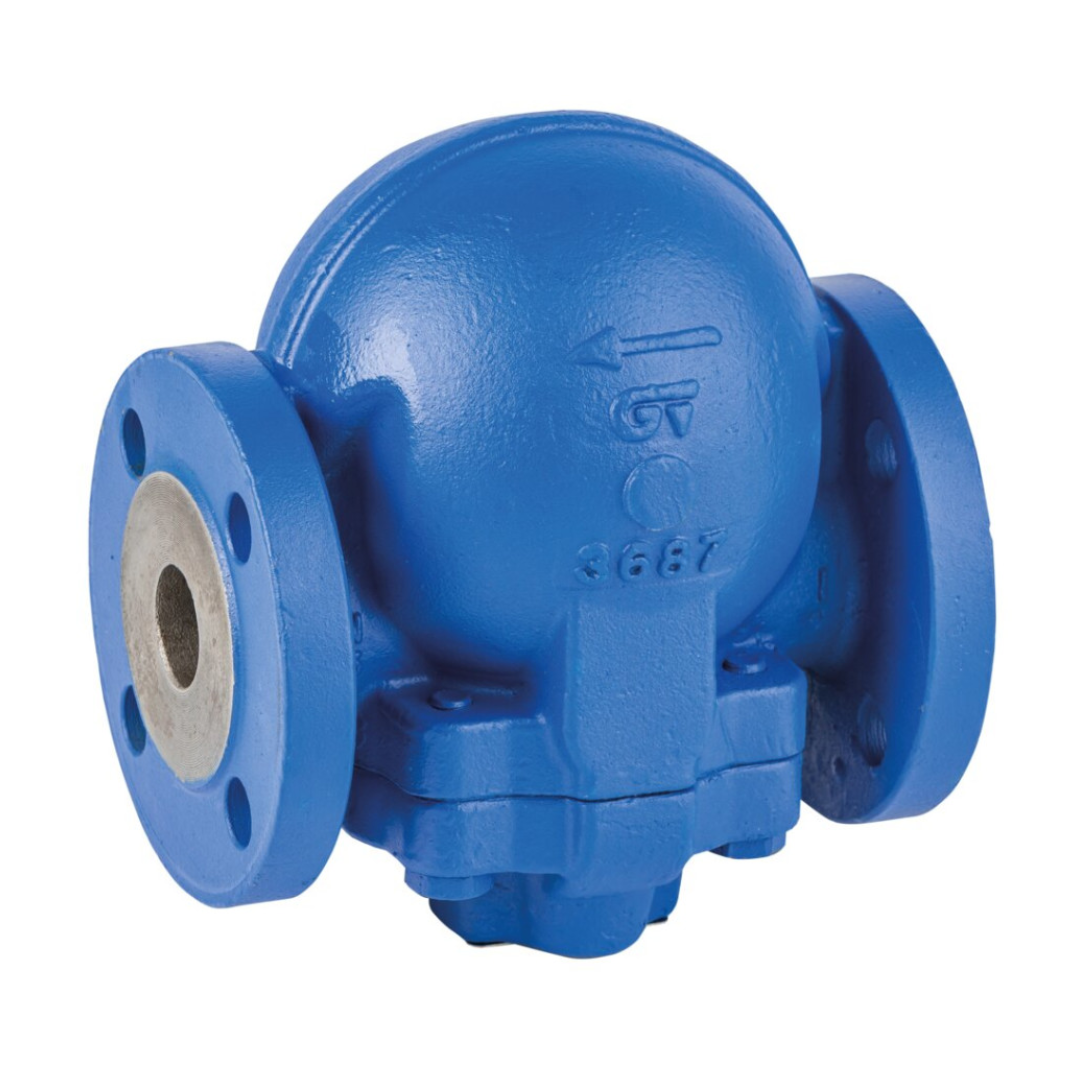Steam Traps
|
Product
|
Sizes
|
Connections
|
Pressure Range
|
Temperature Range
|
Material
|
Certification
|
Operating Temperature
|
Temperature
|
Pressure
|
Operating pressure
|
|---|
| EN 10204 3.1 Certified | |||||||||||
| Compatible with pipeline connectors | EN 10204 3.1 Certified | ||||||||||
| Cast malleable iron with enamel finish | |||||||||||
|
|
Up to 240°C | ||||||||||
| ABS enclosure with polyester front panel | 0°C to 50°C | ||||||||||
| Polyamide and brass components | |||||||||||
|
|
0°C to 40°C | Polypropylene/Polyamide casing | |||||||||
| -20°C to 70°C | |||||||||||
| -20°C to 70°C | Copper-free aluminum alloy | ||||||||||
| -29°C to 70°C | |||||||||||
| -29°C to 59°C | IECEx and ATEX Intrinsic Safety | ||||||||||
| DN15(½"), DN20( ¾") and DN25(1") | Austenitic stainless steel ASTM A351 CF8 | EN 10204 2.2 Certified | |||||||||
| ½", ¾" screwed BSP, socket weld | Connector body: Carbon steel, Trap assembly: Stainless steel | EN 10204 3.1 Certified | |||||||||
| DN15(½"), DN20( ¾") and DN25(1") | Austenitic stainless steel ASTM A351 CF8 | EN 10204 3.1 Certified |

Steam Traps
Steam traps are critical components in steam systems, designed to ensure the efficient operation and energy savings of industrial and commercial applications. They are used to discharge condensate, air, and other non-condensable gases without allowing the escape of live steam. This category encompasses various subtypes such as balanced pressure steam traps, bimetallic steam traps, ball float steam traps, thermodynamic traps, and inverted bucket steam traps, each tailored to specific operational needs. Steam traps are crucial in industries like chemical processing, pharmaceuticals, food and beverage, and power generation, where precise steam management is vital for maintaining product quality and operational efficiency. Engineered with robust materials, these traps provide high durability, temperature resistance, and seamless integration into existing steam systems. Trusted brands ensure reliable performance and longevity, emphasizing low maintenance requirements, energy conservation, and improved system safety.
























